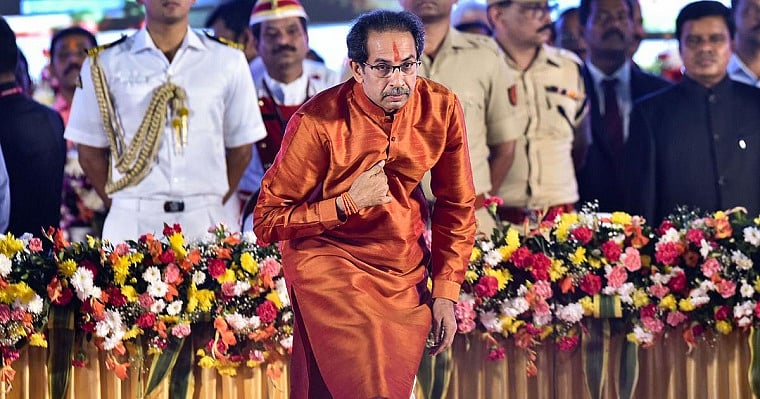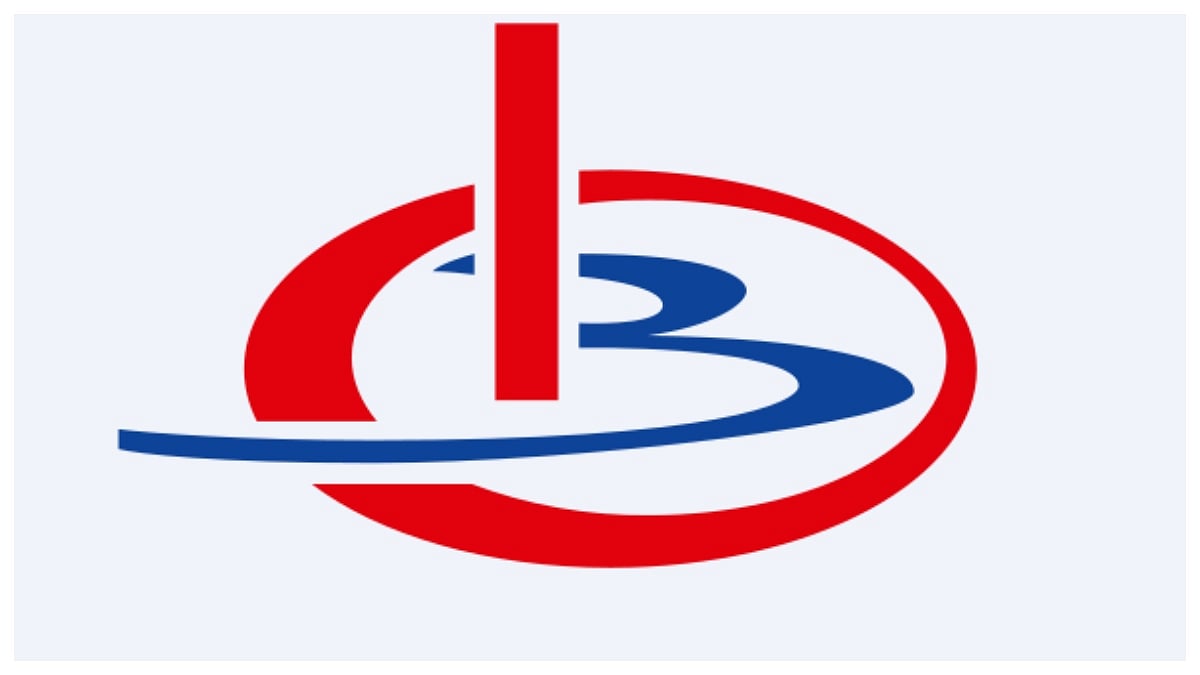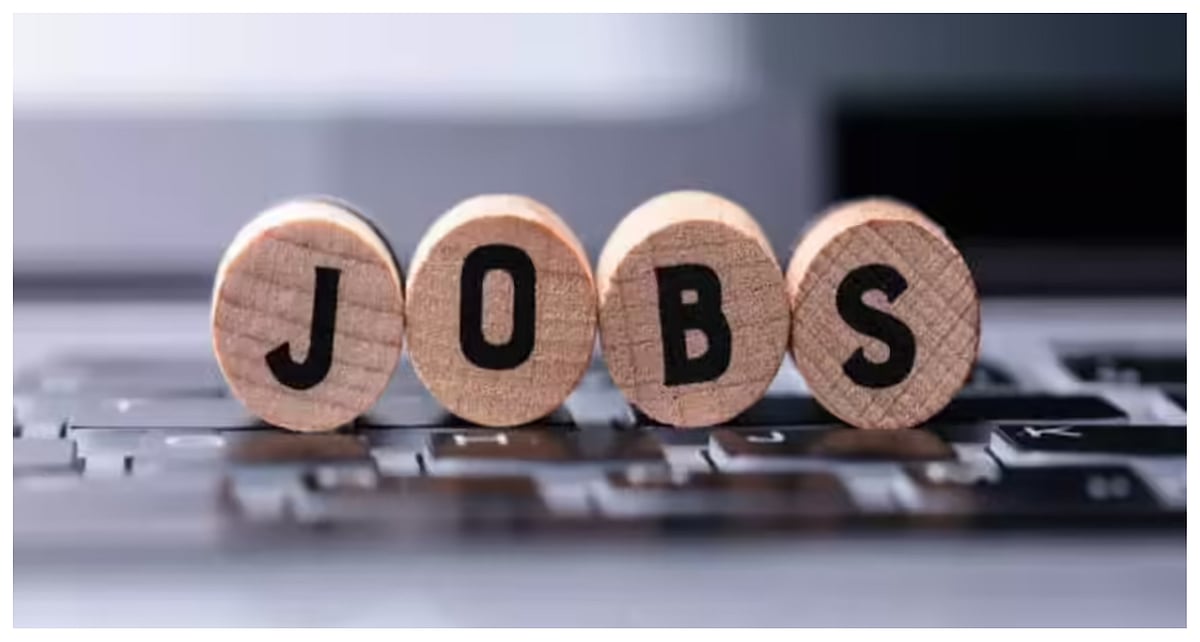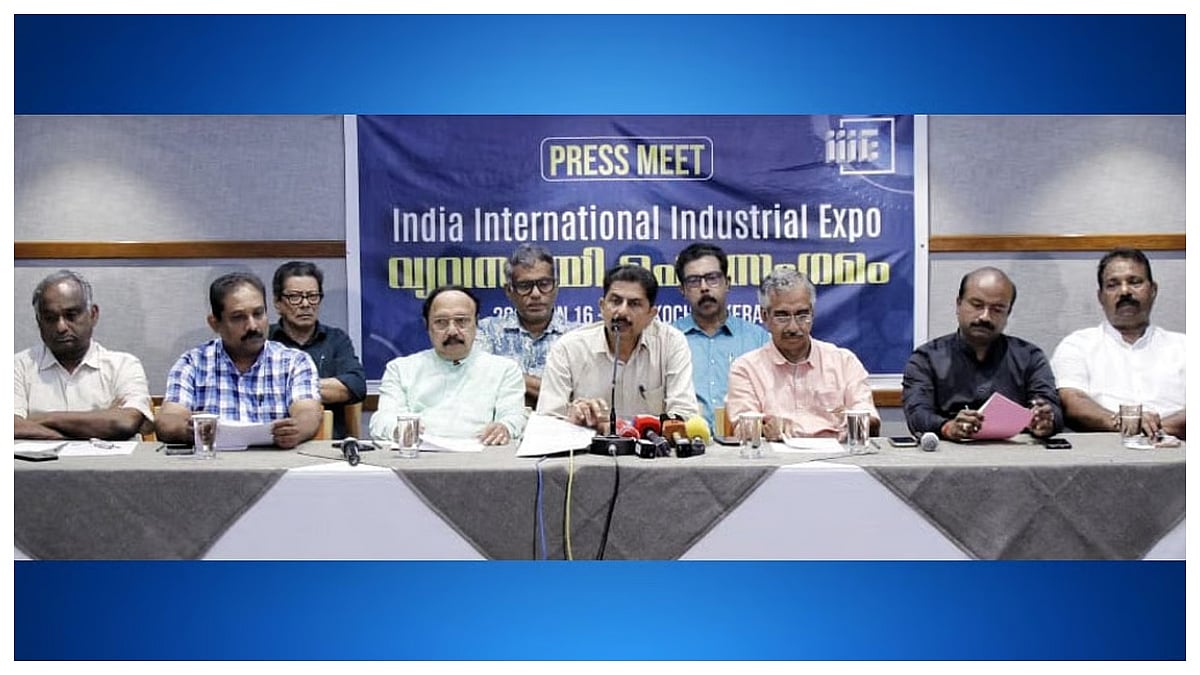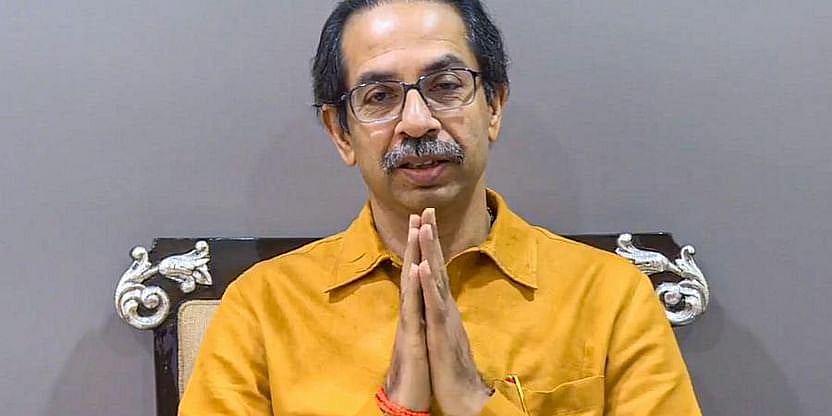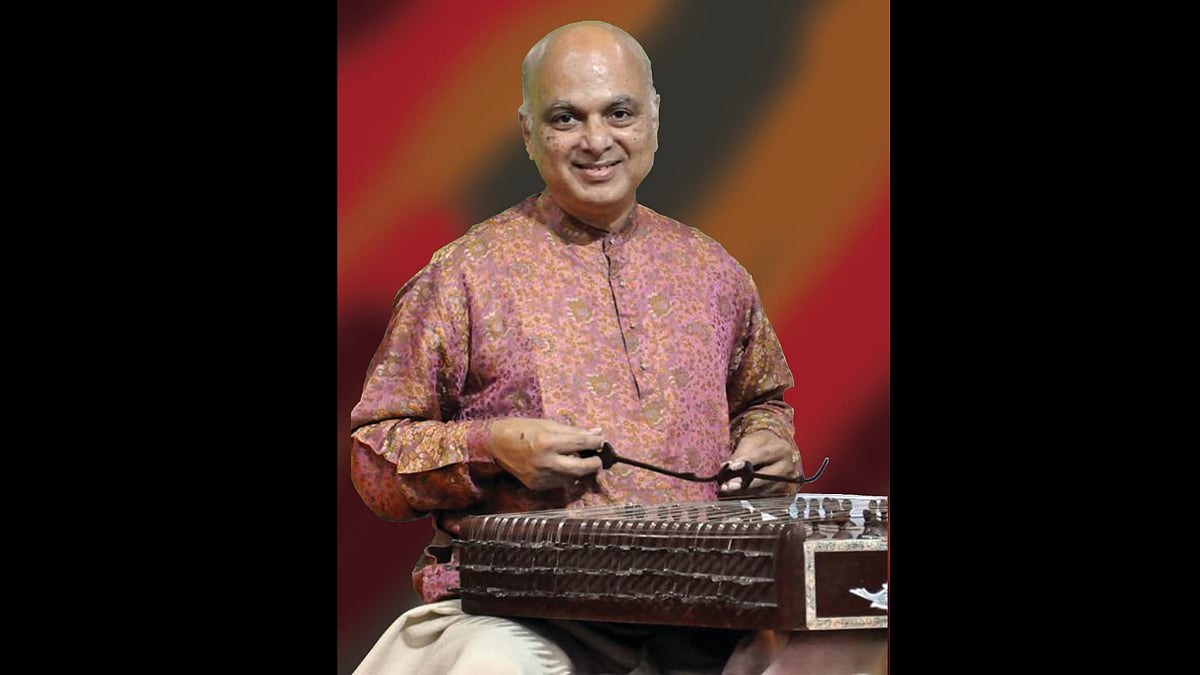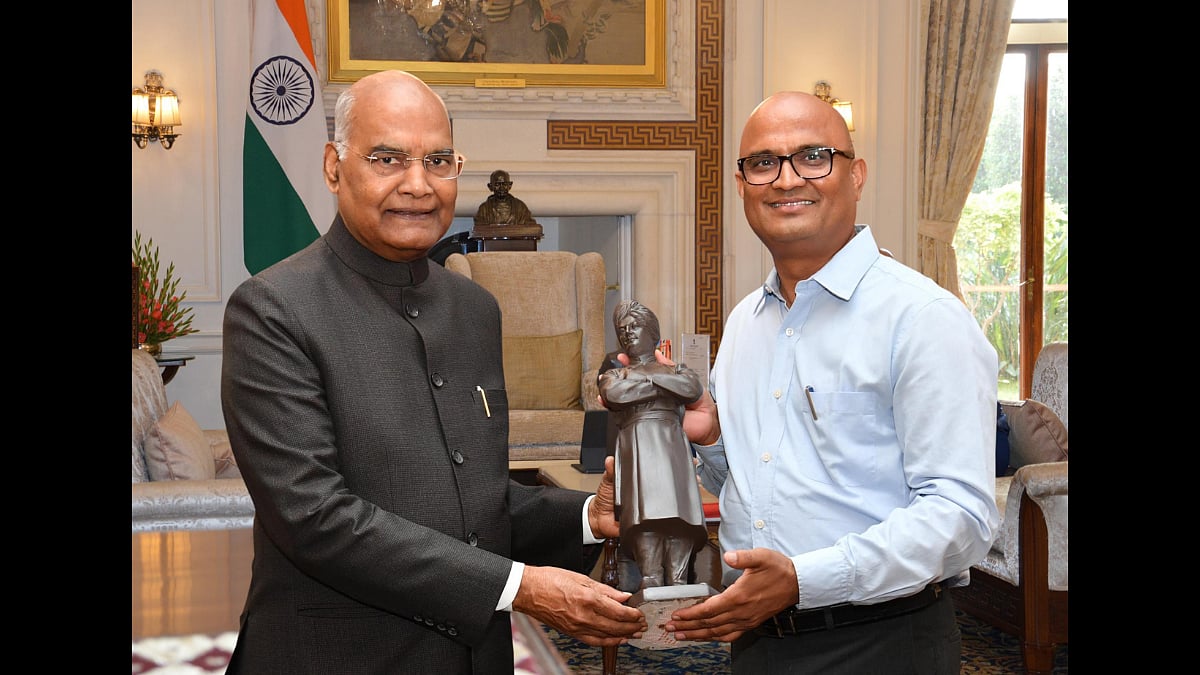It happened at a Shiv Sena workshop at Mahabaleshwar in 2003. There was a collective raising of eyebrows, or perhaps attempts to keep them firmly in place. Sena supremo Bal Thackeray took the occasion to announce that his son, Uddhav, would become Sena’s executive president. Though most Shiv Sainiks welcomed Thackeray’s announcement, a few resented it, and these included Uddhav’s cousin Raj Thackeray and Sena leader Narayan Rane. Then there were doubts among a section of Sainiks — did Uddhav have the abilities and potential to lead the party and retain its position in the state? It did not help that there were successive splits in the party after Narayan Rane and Raj Thackeray slammed the doors behind them.
Fast forward to another announcement almost 23 years later, after the 2019 Maharashtra assembly elections. Nationalist Congress Party chief, Sharad Pawar, unilaterally named Uddhav as the chief minister of the Maha Vikas Aghadi government. Much to the anger of the veterans in the Congress party, who swallowed their emotions and settled on his name to keep the Bharatiya Janata Party out of power. Pawar had taken a calculated risk as Uddhav had never contested a legislative or parliamentary election, and lacked administrative experience.
After both announcements paved the way to high positions, Uddhav silenced his critics. After Thackeray senior’s death in 2012, Uddhav projected himself as his father’s committed soldier and an active member of the Sena family. But he carefully left his father's aura alone. When Uddhav took charge of the Sena, he avoided calling himself 'party supremo'-- he assumed the title of party head. He announced that no one, including him, could become Sena supremo; he was saying no one fills the shoes of his father, who formed the party in 1966.
Today, he sits in Maharashtra chief minister’s chair. Led by him, the MVA government has disproved BJP's numerous prophecies about its collapse today, tomorrow or the day after, and is about to complete two years since formation.
Senior Shiv Sena leader and Minister Subhash Desai has seen both Bal Thackeray and Uddhav at close quarters. In Desai’s opinion, “He (Uddhav) has not drifted from the party's core values but emerged as the able and confident leader to lead the party and the government.”
From being an avid, formally trained photographer to Shiv Sena executive president and then the Chief Minister of massive Maharashtra, Uddhav has come a long way. His role models were his father and grandfather. Though, in his later years, the Shiv Sena supremo remained active and visible in the party’s functioning and decision making, he withdrew from day-to-day affairs, which he left to Uddhav. This allowed Uddhav to establish a connect with the old guards or Thackeray senior’s ‘Ashta Mandal’ as well as the younger leaders.
When the Sena had an alliance with the BJP, Thackeray senior let Uddhav make new political experiments that worked with ‘Marathi manoos’ and ‘Hindutva’ ideas. Thackeray senior had hailed Uddhav as a cool-headed strategist who increased the party’s presence and worked out poll strategies. Uddhav focused on strengthening the party’s ‘shakha’-level network in Mumbai and the rest of the state, and accommodating a mix of youthful and veteran leaders from all sections of society. And he gathered a bunch of confidantes who were driven to ensure the party's growth and get poll victories.
During the Covid-19 pandemic, Uddhav launched many government initiatives — strengthening health infrastructure and implementing the ‘My Family My Responsibility’ and ‘My Village’ campaigns. And at key moments, Thackeray gave televised and live-streamed addresses to the state, appealed for support in curbing the pandemic, and shared the successes of the government while accepting its failures. He also displayed an ability to digest criticism especially from the BJP, but would not compromise on the safety of people during the Covid crisis.
Meanwhile, Uddhav knew that the Sena couldn’t afford to lose its dominance of India’s richest civic body, the Brihanmumbai Municipal Corporation. For years, the Sena has fended off allegations that its handling of BMC encourages corruption and inefficiency. So, Uddhav launched the ‘Mi Mumbaikar’ campaign to attract not just the Marathi manoos but
non-Marathi speaking voters, who were being lured by its ally, the BJP. It must be said, though, that Mi Mumbaikar flopped. Uddhav then launched the ‘Karun dakhavale’ (We did it) campaign to advertise the party-led BMC’s pro-development and pro-Mumbaikar work.

During the Modi wave of 2014, the Shiv Sena raised its seat tally in the state assembly and Lok Sabha. The Sena had fought the assembly elections alone, blaming the BJP, its ally of over 25 years, for ditching it. After BJP, which had won 123 seats in the state assembly, formed the government by mobilising support from independents and smaller parties, the Sena opted for the opposition benches.
The BJP was confident to win the floor test, boosted by unilateral support extended by the NCP “in the larger interest of the state”. Uddhav chose not to play second fiddle. What led him to change his decision was a pragmatic consideration: he feared a split in the party. So, he accepted less significant portfolios, and ultimately decided to join the BJP-led government.
When, in 2017, on the eve of the BMC elections, seat-sharing talks between the Sena and the BJP failed, Uddhav stunned his ally by fighting the elections solo. And although Sena shared power with the BJP in the state, Uddhav and his party kept on firing salvos at the state and central BJP leadership.
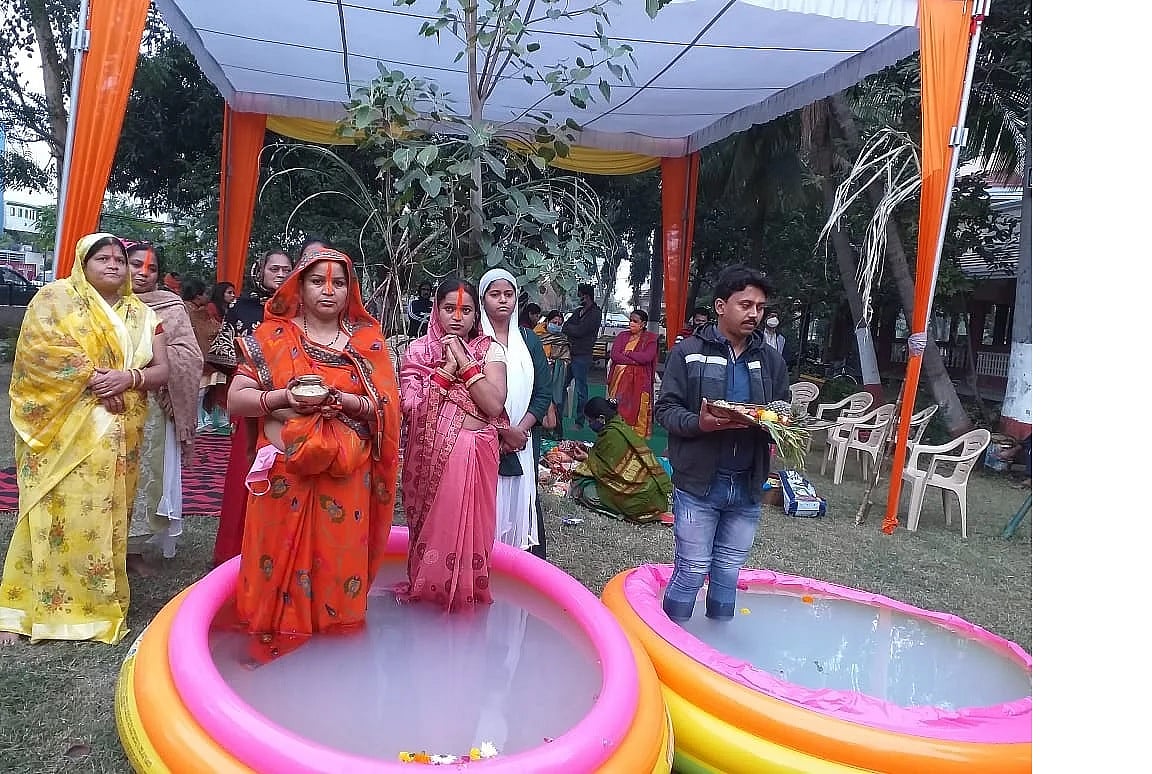
With the Modi wave still surging, BJP improved its tally but came short of winning enough seats to get the right of naming the mayor. And although Sena won fewer seats than it had in 2012, it still emerged as the single largest party in the 227-member civic body. The BJP did not want to disturb the alliance before the upcoming assembly elections; it left the Sena free to appoint a mayor, and decided not to contest the deputy mayoral election, too.
Ahead of the state assembly elections slated for 2019, Shiv Sainiks projected Uddhav as new the “Hindu Hruday Samrat”, a title once applied to his father. During the Ram Mandir movement in the 1990s, Thackeray senior was one of the prominent faces of Hindutva.
Further, as CM, Uddhav led the MVA government through many crises including cyclones, unseasonal rains, and of course the pandemic. The state’s finances were tight, yet Uddhav took his allies into confidence and released financial packages that exceeded stipulated norms.

While the MVA will complete two years this month, further challenges confront Uddhav as party president and CM. Uddhav has ruled out allying again with the BJP. He will need to go solo or find new allies to fend off the BJP in the 2022 BMC elections. To do so, Uddhav will have to reach out to the Sena’s traditional vote bank, the Marathi manoos, but also other 2 voters. In his customary Dussehra rally, Uddhav criticised BJP for its brand of Hindutva, and said Hindutva faces a threat from the ‘neo-Hindus’ propped up by the BJP. Uddhav also said the Sena’s view of Hindutva includes Marathi and non-Marathi speakers, telling Sainiks to reach out to both.
Along his journey, Uddhav has attempted to bridge opposites: He accepted secularism to align with his new allies without disowning Hindutva. In coming times, Uddhav will have to carefully pursue Shiv Sena’s pan-India mission, even as he steers his state administration.
Veteran journalist Prakash Akolkar, who has written a book on the Sena, said, “Uddhav successfully tackled administrative and legislative challenges. The situation was similar to a fifth standard kid forced to appear for the SSC exam without going through the preliminary exam. He has passed successfully. Uddhav also admitted on the floor of the legislature that the Sena faced losses because of mixing politics and religion. He thereby disowned his father’s ‘Garv Se Kaho Hindu’ call.’’ Uddhav did not succumb to pressure from BJP and others for reopening of religious places during the COVID crisis, preferring the safety of the people in his charge, notes Akolkar.
